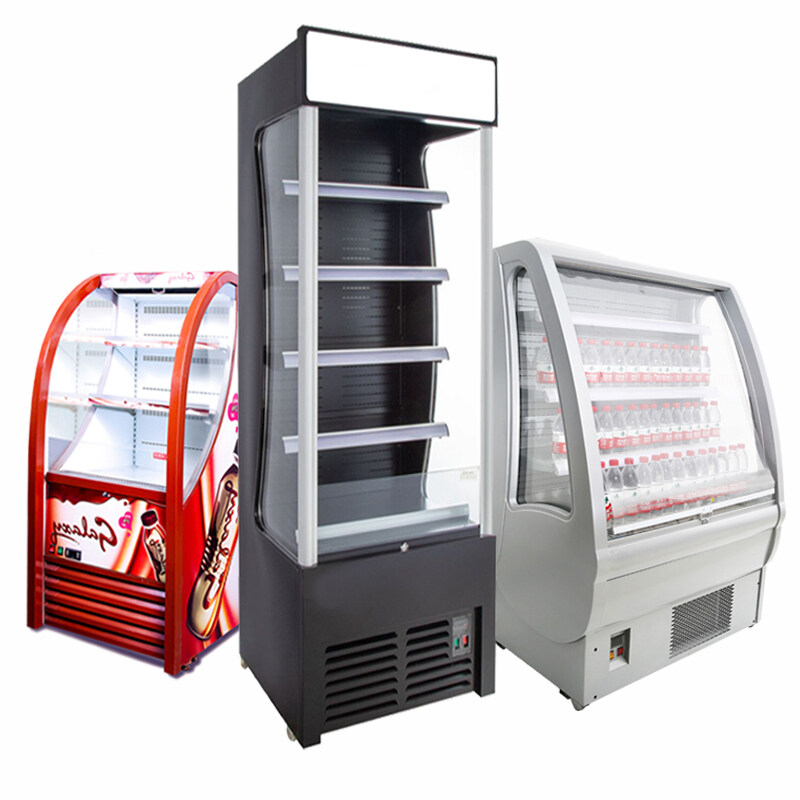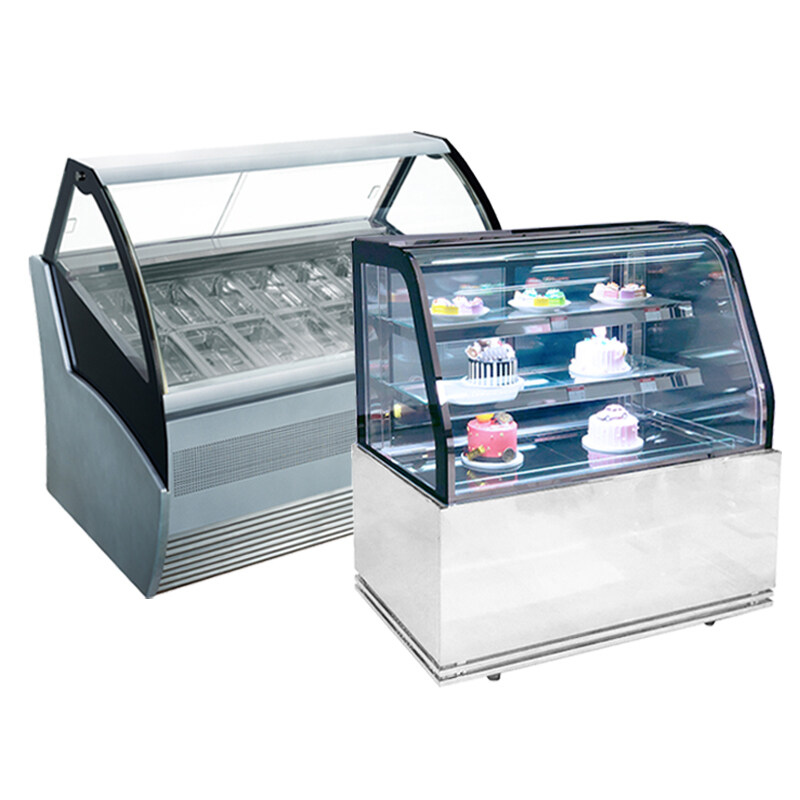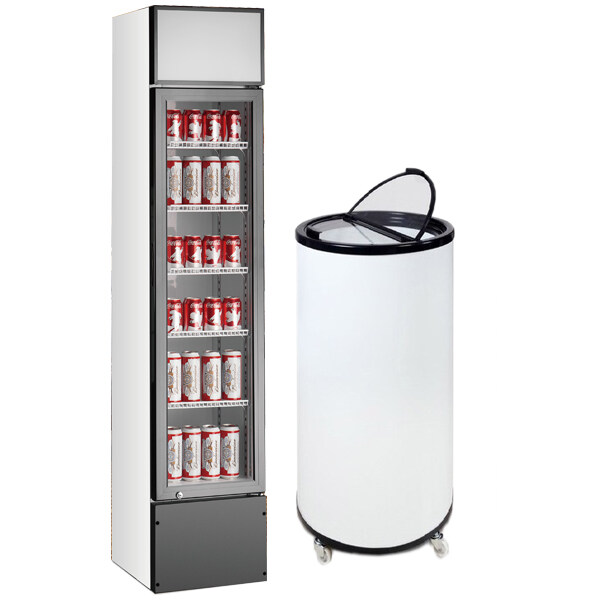NEW COOLING MECHANISM SET TO REVOLUTIONIZE CONVENTIONAL ENVIRONMENTALLY HARMFUL REFRIGERATION TECHNOLOGIES
Approximately one-fifth of the world’s electric energy is dedicated to refrigeration, and the International Energy Agency anticipates a twofold increase in the number of air conditioning units by 2040. Despite a century of advancements, existing refrigeration systems, relying on vapour compression, have hit their thermodynamic threshold. These systems not only emit greenhouse gases, contributing to environmental issues, but also produce significant noise. Prioritizing the development of energy-efficient and eco-friendly systems is thus paramount to address global warming and encourage the responsible utilization of natural resources.
Now, a team of researchers from the Luxembourg Institute of Science and Technology (LIST) have developed a technology with the potential to transform future refrigeration systems. Their latest research milestone, published in Science this week, details the mechanism, which focuses on using the electrocaloric effect – a phenomenon wherein a material undergoes a reversible temperature alteration when subjected to an electric field – to achieve the desired result.
In this particular case, the electrocaloric effect involves applying an electric field to ceramic capacitors, inducing temperature changes, and creating a cooling effect. “Our proposed solution involves an assembly of multilayer capacitors stacked within an electrically connected fluid-filled pipe,” explains Dr Emmanuel Defay, who leads the Nanotechnology unit within the Materials Research and Technology (MRT) department at LIST. Defay and his team have been working on electrocaloric materials for several years. “The fluid flows back and forth between the capacitors, creating a temperature gradient,” he adds.
This assembly, called a regenerator, could eventually replace the conventional compressor and the environmentally harmful fluids in current refrigerators, providing a more energy-efficient and sustainable cooling solution.
“While we are already making tangible progress, we are continually working to enhance the maturity and practicality of our technology. The ultimate goal is to offer a viable and sustainable alternative to current refrigeration solutions,” concludes Defay.










Leave a comment